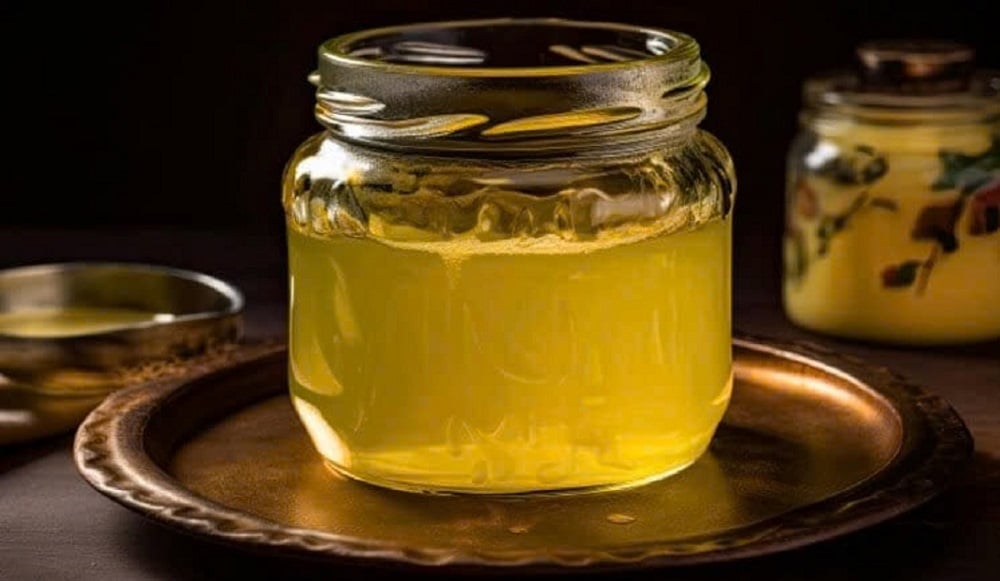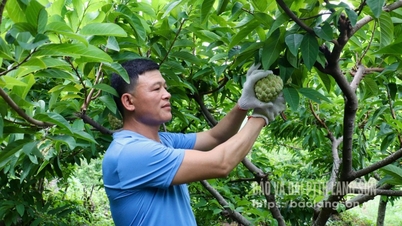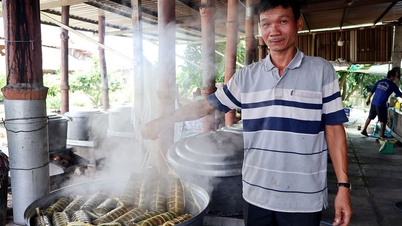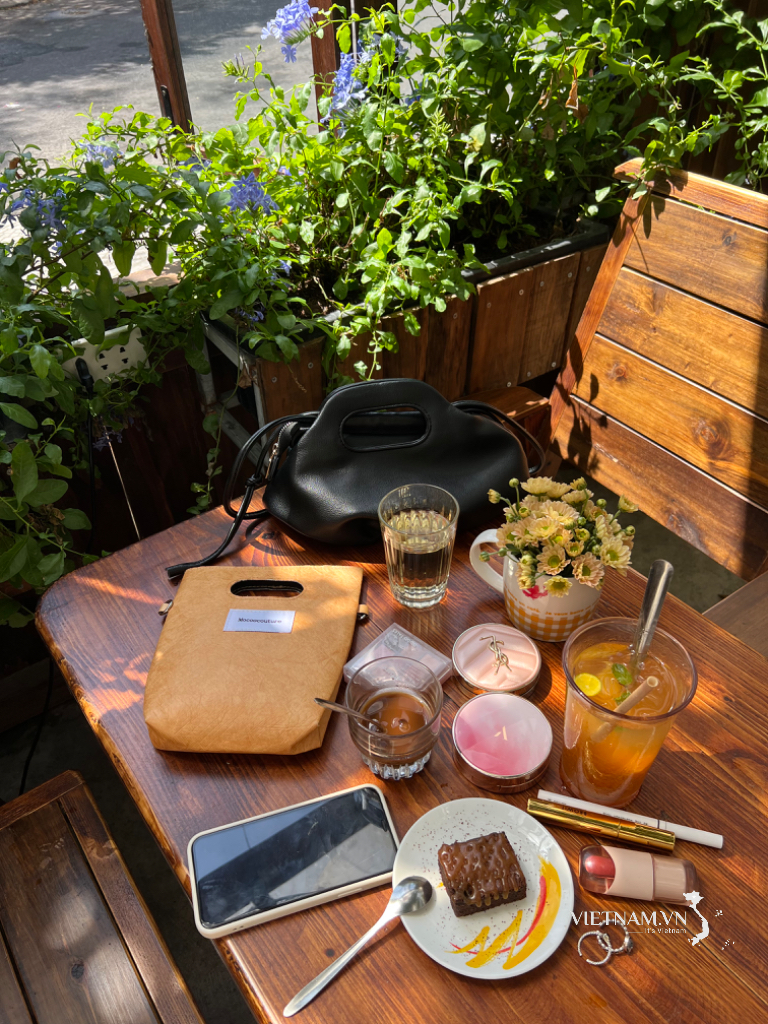
Adulteration of food products in ghee is very common and manufacturers tend to mix starch or vegetable oils in ghee. So, to get the maximum benefits of ghee, you must be sure of its purity.
Here are some ways to test the purity of ghee.
1. Freeze the ghee
Place a small amount of ghee in a glass container and refrigerate for a few hours. Pure ghee should solidify evenly, but if the ghee solidifies in separate layers or does not solidify completely, it may have been adulterated with soybean, coconut, or sunflower oil.
2. Check the temperature
Heat a spoonful of ghee in a pan over low heat. If the ghee is pure, it will melt quickly and then turn into a clear liquid. If it takes longer to melt or leaves a residue, the ghee may be adulterated.
3. Iodine test
Add a few drops of iodine solution to a small amount of ghee. If the ghee turns blue, it indicates the presence of starch, which means the ghee is adulterated.
4. Solubility test
Dissolve a spoonful of ghee in a cup of water. Pure ghee will float on top, but if it mixes with water or sinks to the bottom, it may be adulterated with oil.
5. Paper test
Put a drop of ghee on a white piece of paper and leave it for a few minutes. Pure ghee will leave an oily stain that will gradually disappear. If the stain remains, it means the ghee is adulterated.
Source: https://laodong.vn/suc-khoe/cach-kiem-tra-do-tinh-khiet-cua-bo-ghee-1384980.ldo


![[Photo] Editor-in-Chief of Nhan Dan Newspaper Le Quoc Minh received the working delegation of Pasaxon Newspaper](https://vphoto.vietnam.vn/thumb/1200x675/vietnam/resource/IMAGE/2025/9/23/da79369d8d2849318c3fe8e792f4ce16)
![[Photo] General Secretary To Lam meets voters in Hanoi city](https://vphoto.vietnam.vn/thumb/1200x675/vietnam/resource/IMAGE/2025/9/23/d3d496df306d42528b1efa01c19b9c1f)
![[Photo] The 1st Congress of Party Delegates of Central Party Agencies, term 2025-2030, held a preparatory session.](https://vphoto.vietnam.vn/thumb/1200x675/vietnam/resource/IMAGE/2025/9/23/e3a8d2fea79943178d836016d81b4981)

![[Photo] Prime Minister Pham Minh Chinh chairs the 14th meeting of the Steering Committee on IUU](https://vphoto.vietnam.vn/thumb/1200x675/vietnam/resource/IMAGE/2025/9/23/a5244e94b6dd49b3b52bbb92201c6986)





















































































Comment (0)